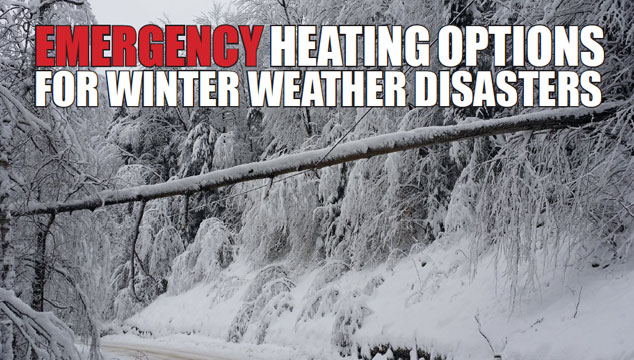
Central heating is a common element in just about every modern home. In fact, it’s required by code, even though air conditioning isn’t. There’s only one problem…these central heating sources are dependent on electricity to operate.
Snow, ice and wind can have disastrous effects on power lines. Your warm, comfortable, cozy home can quickly turn into a dangerous human refrigerator if the grid goes down.
Some extra blankets and a few more layers of clothing might be enough to make it through a couple hours of discomfort, but what if your power goes down for a few days, or even weeks?
Are you ready? If not, start putting a plan in place now for keeping your family warm during times like these.
Many homes, especially in the North, have fireplaces. This is a great first line of defense against the cold, but realize that you will only be able to keep a limited part of your house warm, and that fireplaces only radiate so much heat.
You’ll also need to make sure that you have a stockpile of dry wood to keep the home fires burning. Fireplaces are great to have, but it’s always a good idea to have a few more options in your arsenal just in case.
Here are several more emergency heating solutions that just might save your life in a prolonged winter weather situation:
TEMPORARY WOOD BURNING STOVE
If you have a plentiful source of firewood, but don’t have a permanent fireplace installed, then a temporary wood-burning stove might be your new go-to heating source.
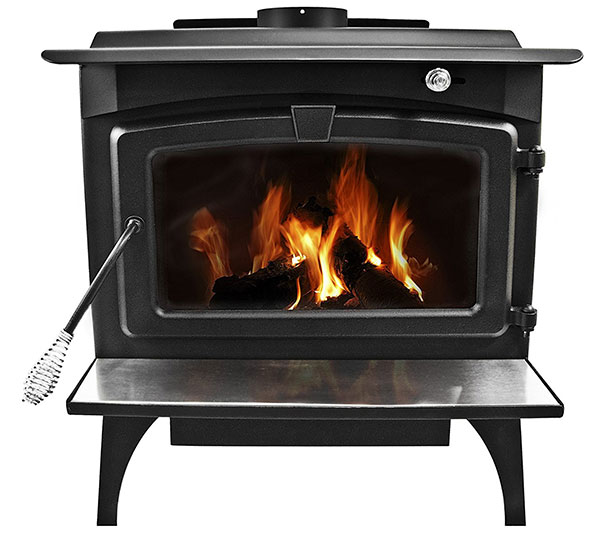
They do require the most set up work of the solutions put forth in this article, but with wood being fairly easy to harvest and plentiful in many parts of the country, it might be your best option for sustainable warmth.
KEROSENE HEATER
When the power goes out during a winter storm, having several electric heaters around the house isn’t going to keep you warm. So why go with a kerosene heater?
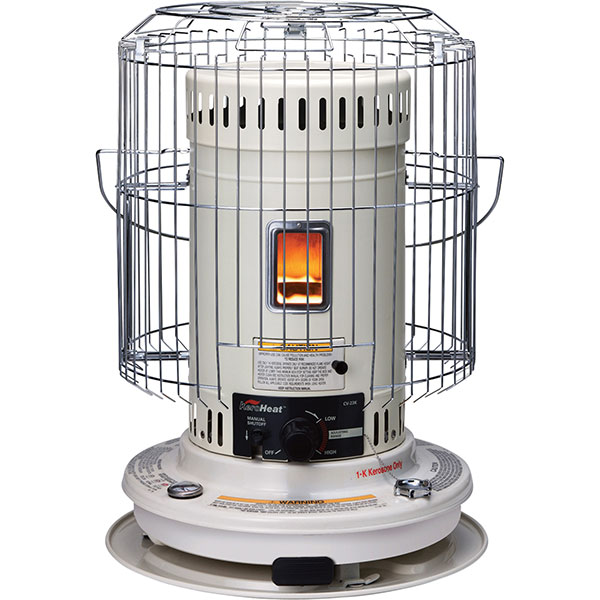
First, they don’t require electricity to operate so that’s one hurdle you’ve overcome.
Second, kerosene can be stored in large quantities for a long time, so you won’t have to leave your house to resupply (provided you have adequate stock) while winter weather is raging.
PROPANE HEATER
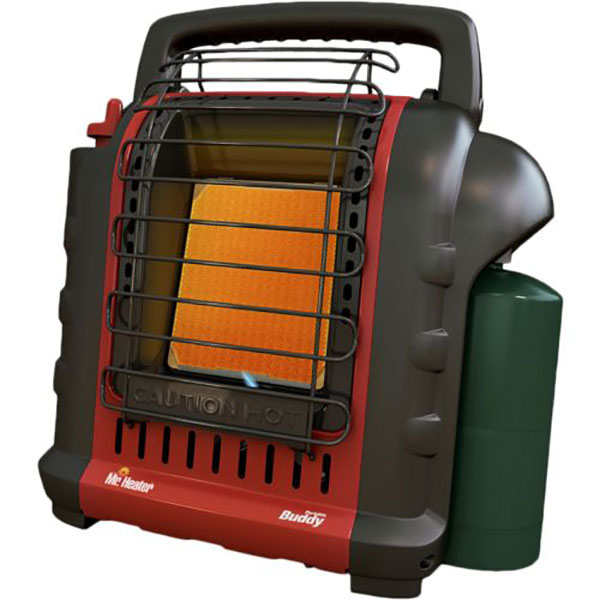
Propane heaters are the most portable option. You can choose between wall-mounted and free-standing, blue flame and infrared, and vented versus unvented, but either way, they are a very safe and cost effective option for heat.
Make sure you to get a propane heater that is rated for inside use if you will be using it in your home. An automated low-oxygen shut-off system is also nice to have as well.
Many propane heaters come with a small propane bottle, but with an adapter they can be hooked up to larger 25lb. grill tanks for long term use.
CANDLE HEATER
While probably the least expensive heating option, a DIY candle heater is also the least effective. But in a pinch, it can do the job to heat a small area. You will need to have a few supplies on hand (lots of tea light candles and some clay flower pots) so plan ahead.
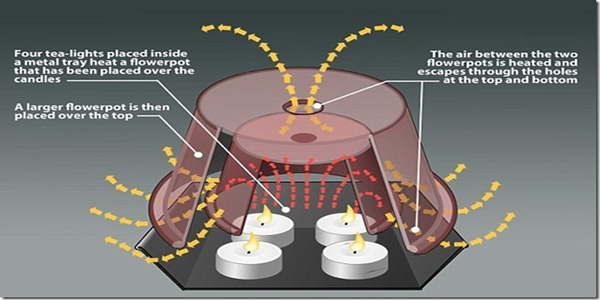
Click here for instructions for building several types of candle heaters you can use when the grid goes down.
BONUS: MYLAR BLANKET HEAT REFLECTOR
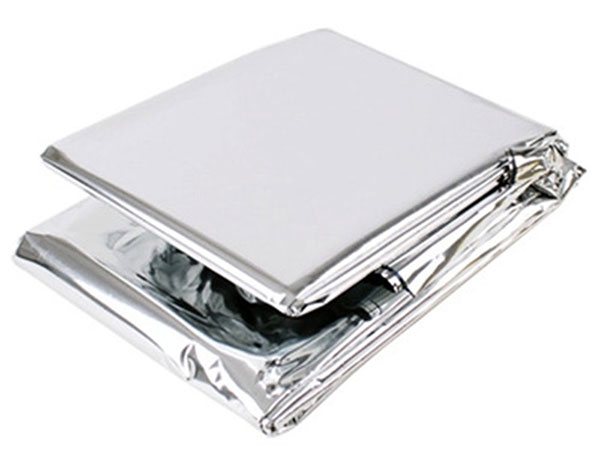
Mylar “Space” blankets (also called Emergency Blankets) really come into their own when used with another heating source. You can line the inside of a room heated by one of the above heating solutions, and it will serve to reflect the heat back into the room instead of letting it escape. It’s a force multiplier for keeping your house warm.
They are also commonly thrown into go-bags or car kits for emergencies. For this use, be aware that the best time to wrap yourself in a mylar blanket is before you truly get cold. The mylar blanket helps to retain your body heat and limit heat loss…it won’t warm you up if you have already become extremely cold. It’s a heat trap, not a heat generator.
EXTRA CREDIT READING
If you are torn between a kerosene or a propane heater, One Point Preparedness has a fantastic list of pros and cons that you should check out.
Where you live, and the ease of acquiring fuel could be key to making the decision on works best for you. Either is a great option for keeping you warm and toasty during an extended power/heat outage.
As a final note, it’s not a bad idea to have a few electric heaters on hand as well. It is possible that your central heating system could go down due to equipment failure instead of a power outage. Being able to fire up a couple of small electric heaters can keep your house warm until you get your central unit repaired.
